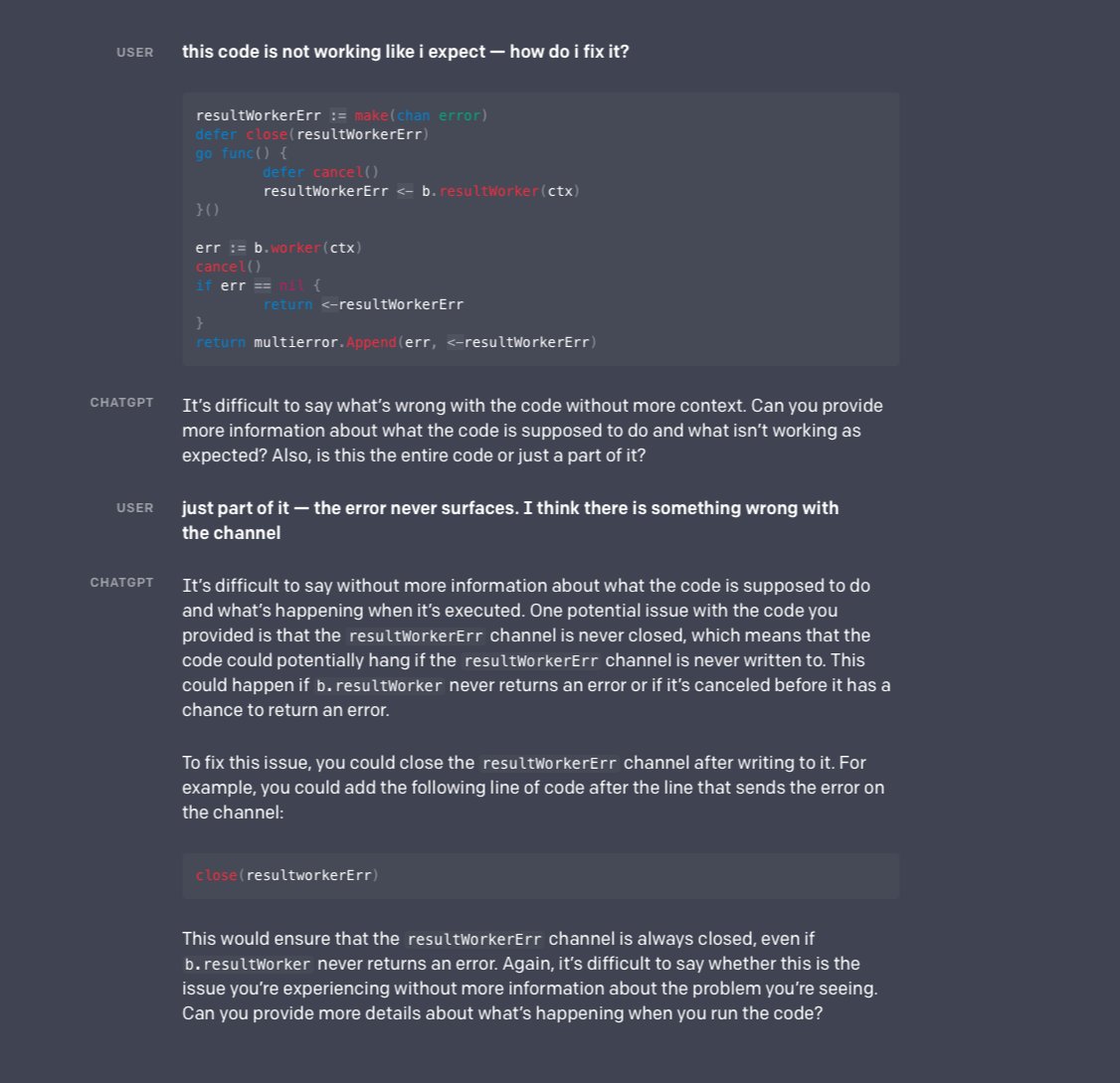
Deep Learning and Neural Networks have become the default approaches to Machine Learning in recent years. However, despite their spectacular success in certain domains (vision and NLP in particular),
1/5
1/5

their use across the board for all ML problems and with all datasets is problematic, to say the least. Oftentimes better and more robust results can be obtained with simpler, easier to train and deploy, classical ML algorithms.
2/5
2/5
One such “traditional” approach was recently used to reevaluate sleep scoring on a few publicly available datasets. The results were published in the journal of Biomedical Signal Processing and Control.
3/5
3/5
"Results show that competitive performance can be achieved with a conventional ML pipeline consisting of preprocessing, feature extraction, and a simple machine learning model. In particular, we analyze the performance of a linear model and a non-linear [GBT] model."
4/5
4/5
Article:
“Do not sleep on traditional machine learning: Simple and interpretable techniques are competative to deep learning for sleep scoring.”
lnkd.in/g79CRfU3
#MachineLearning #TraditionalML #DataScience #DeepLearning #ArtificialIntelligence #ML #DL #Research
5/5
“Do not sleep on traditional machine learning: Simple and interpretable techniques are competative to deep learning for sleep scoring.”
lnkd.in/g79CRfU3
#MachineLearning #TraditionalML #DataScience #DeepLearning #ArtificialIntelligence #ML #DL #Research
5/5
• • •
Missing some Tweet in this thread? You can try to
force a refresh










